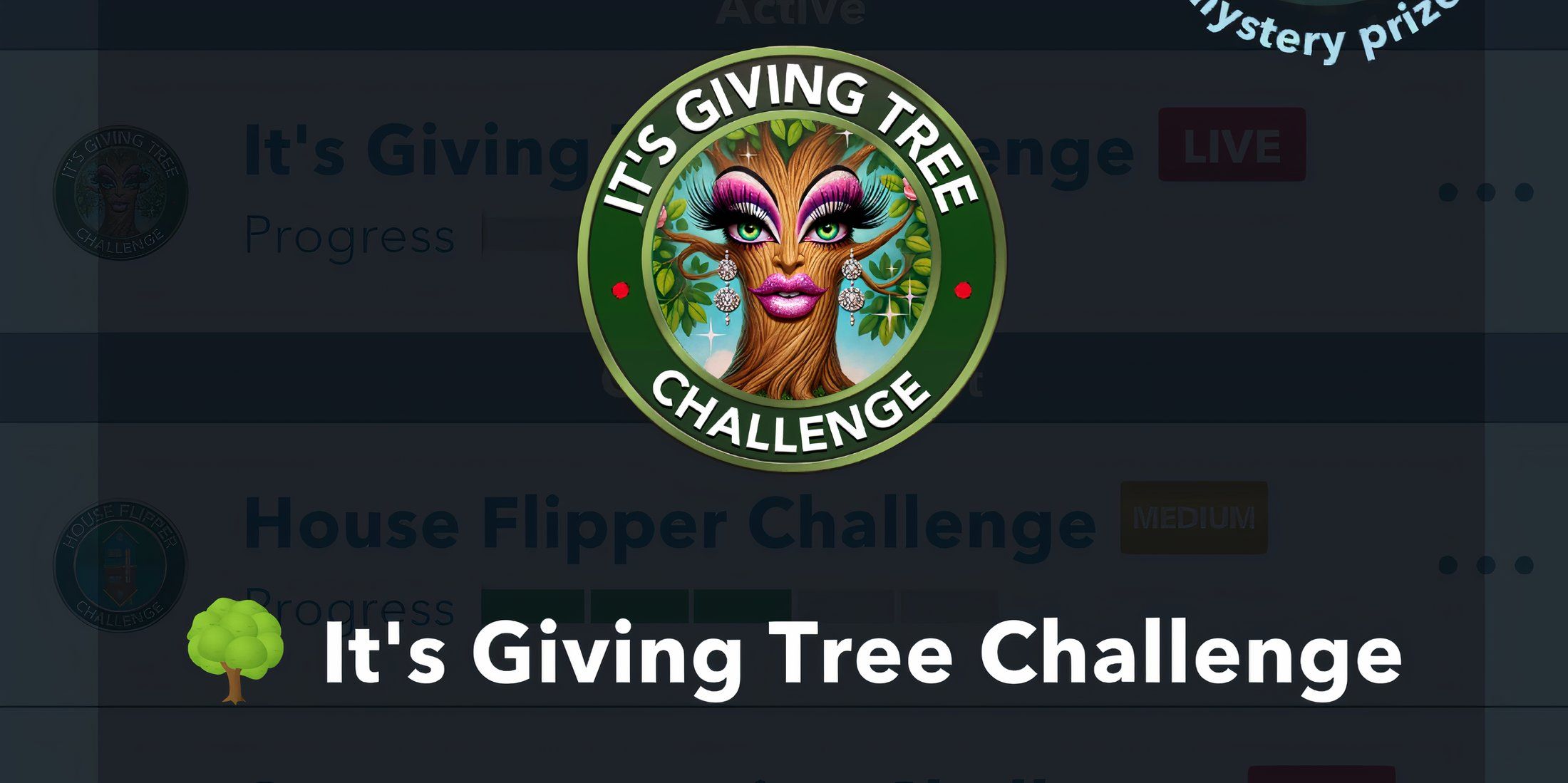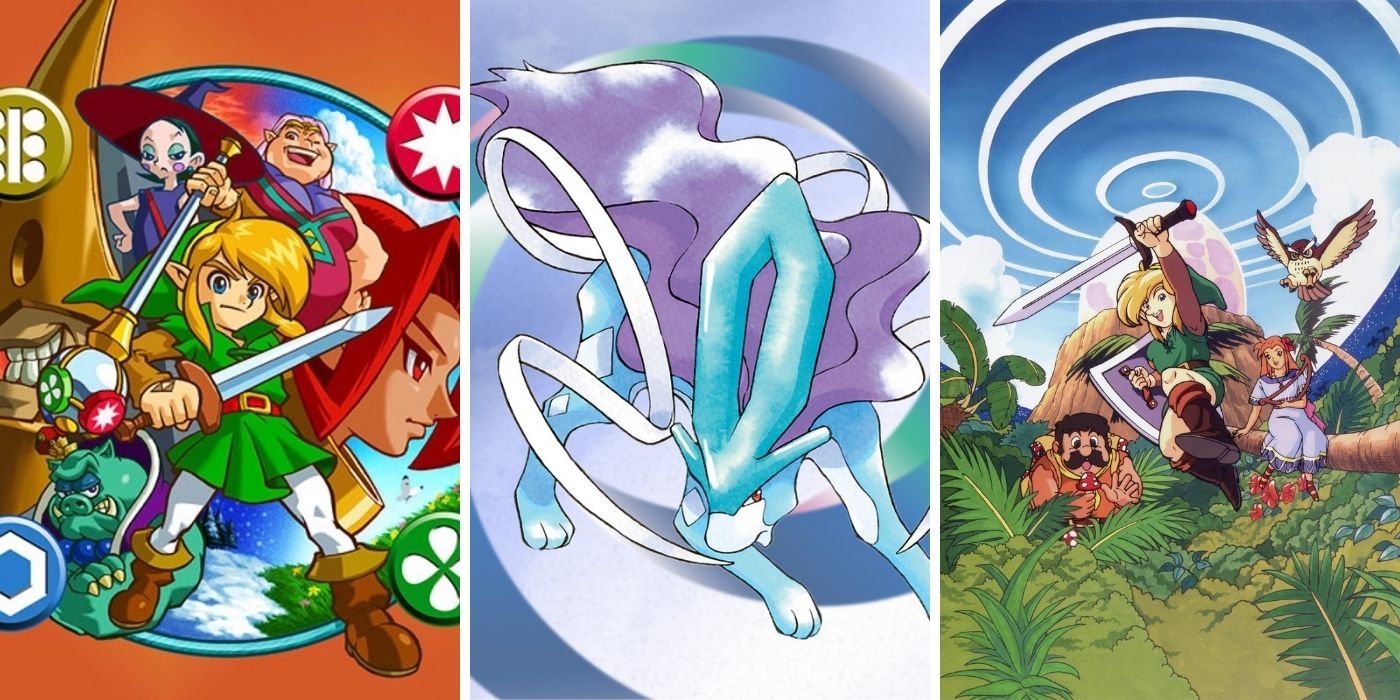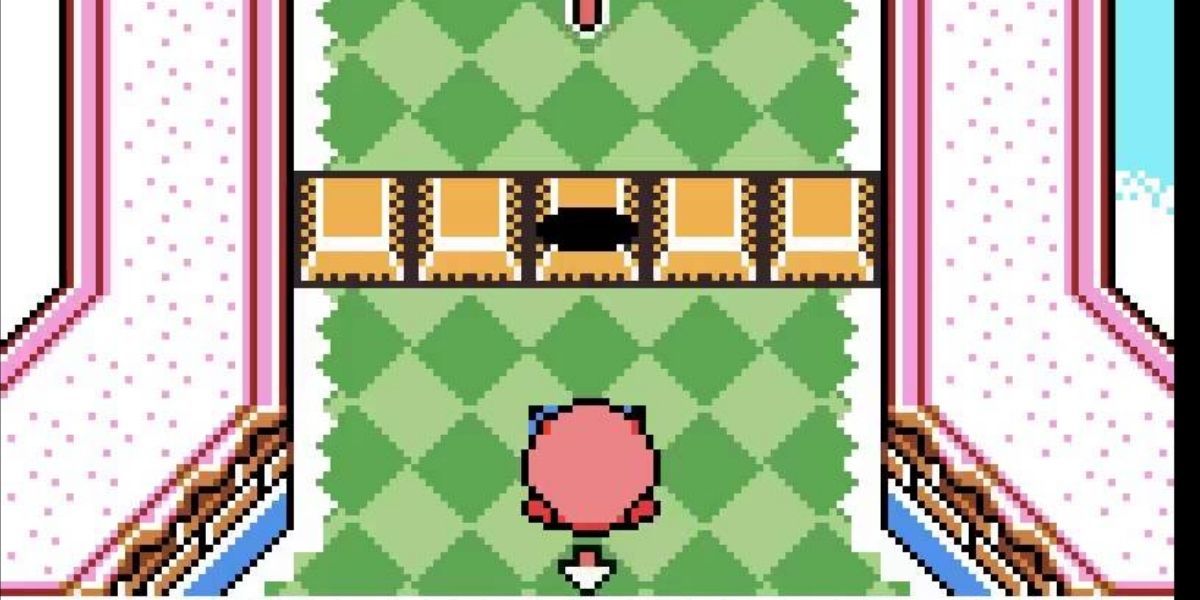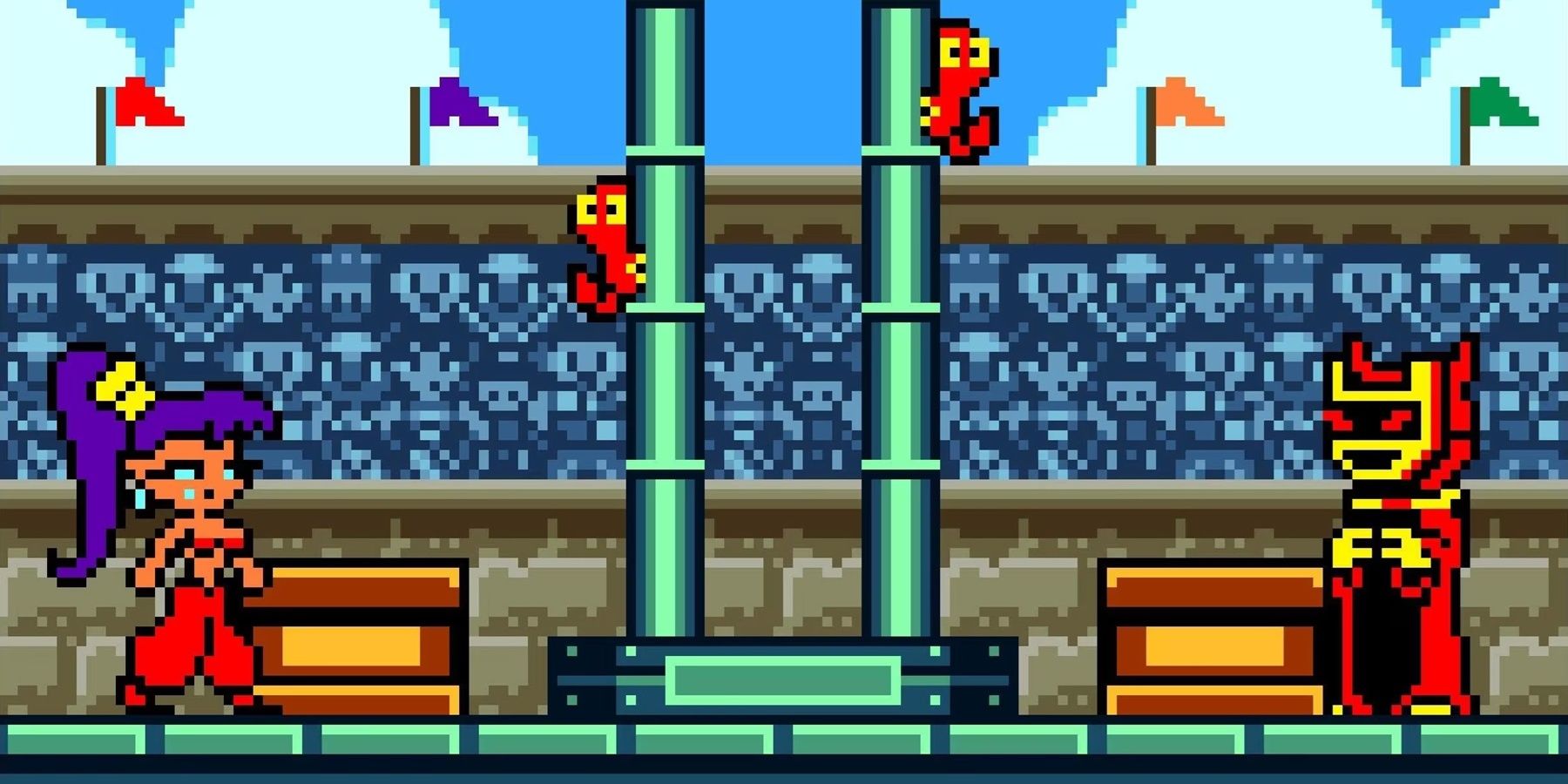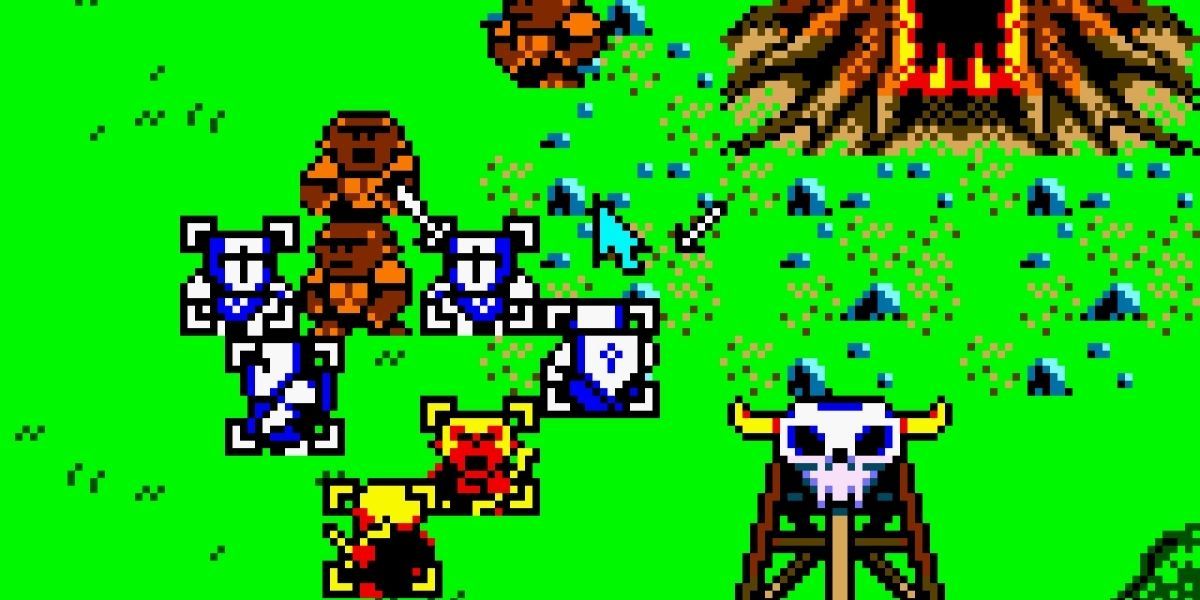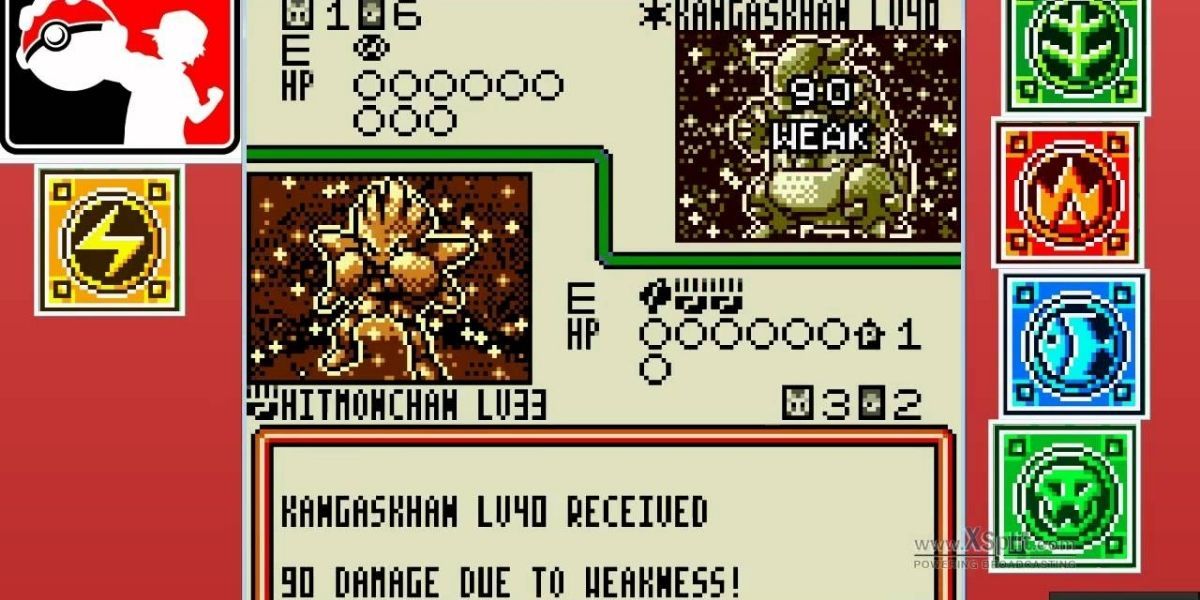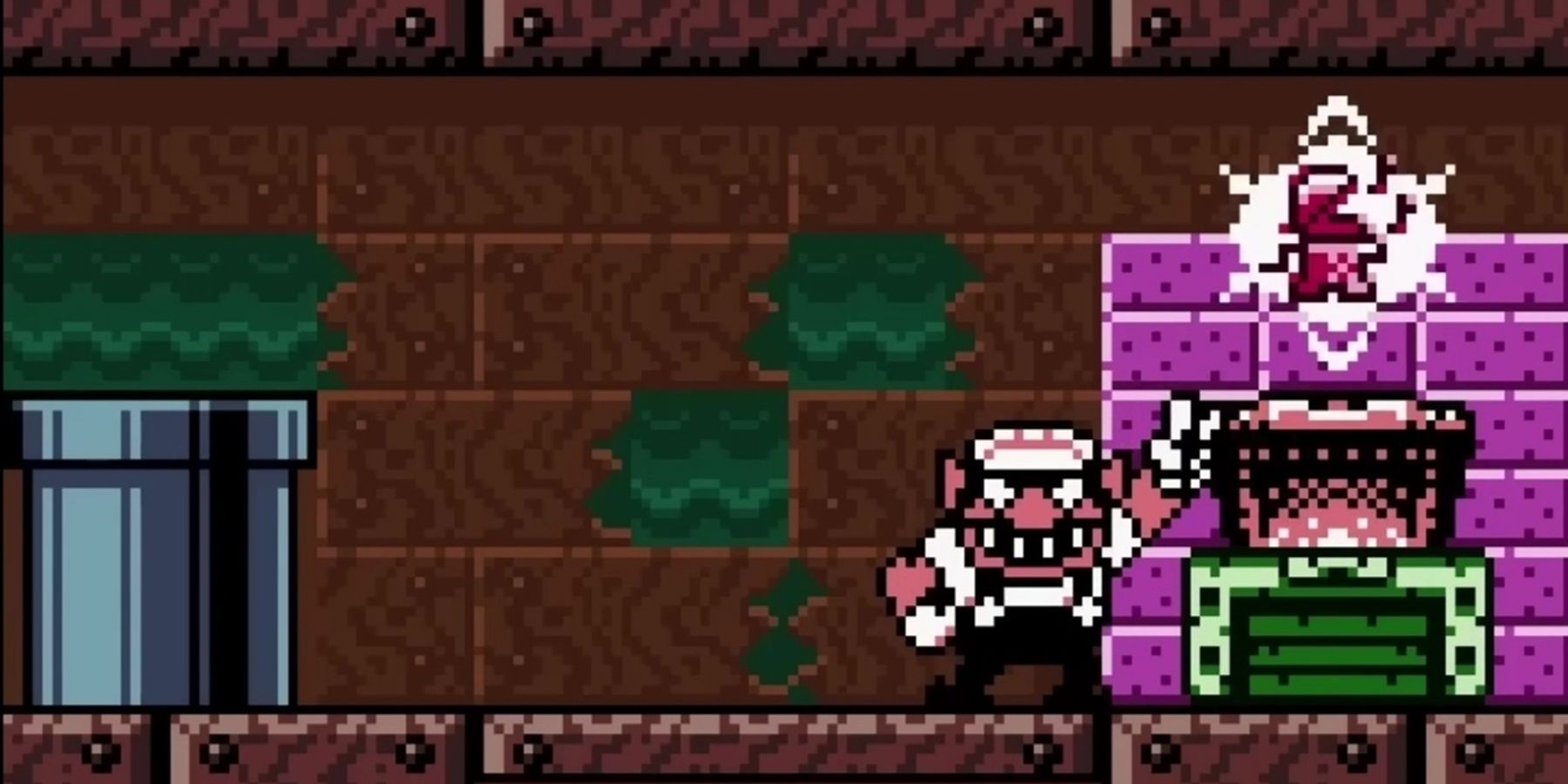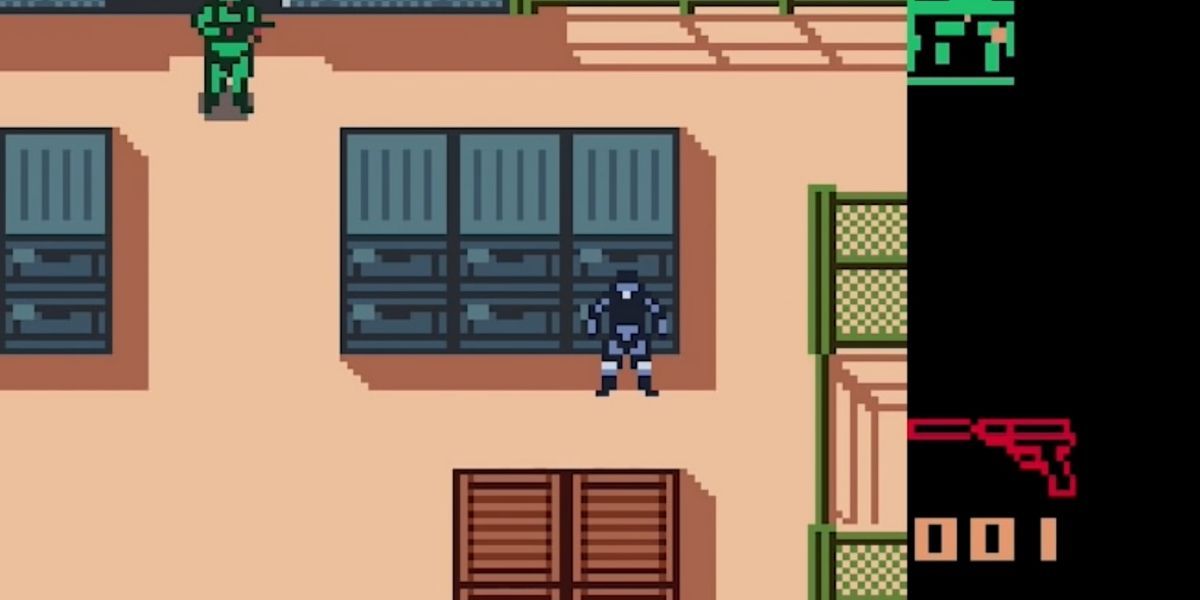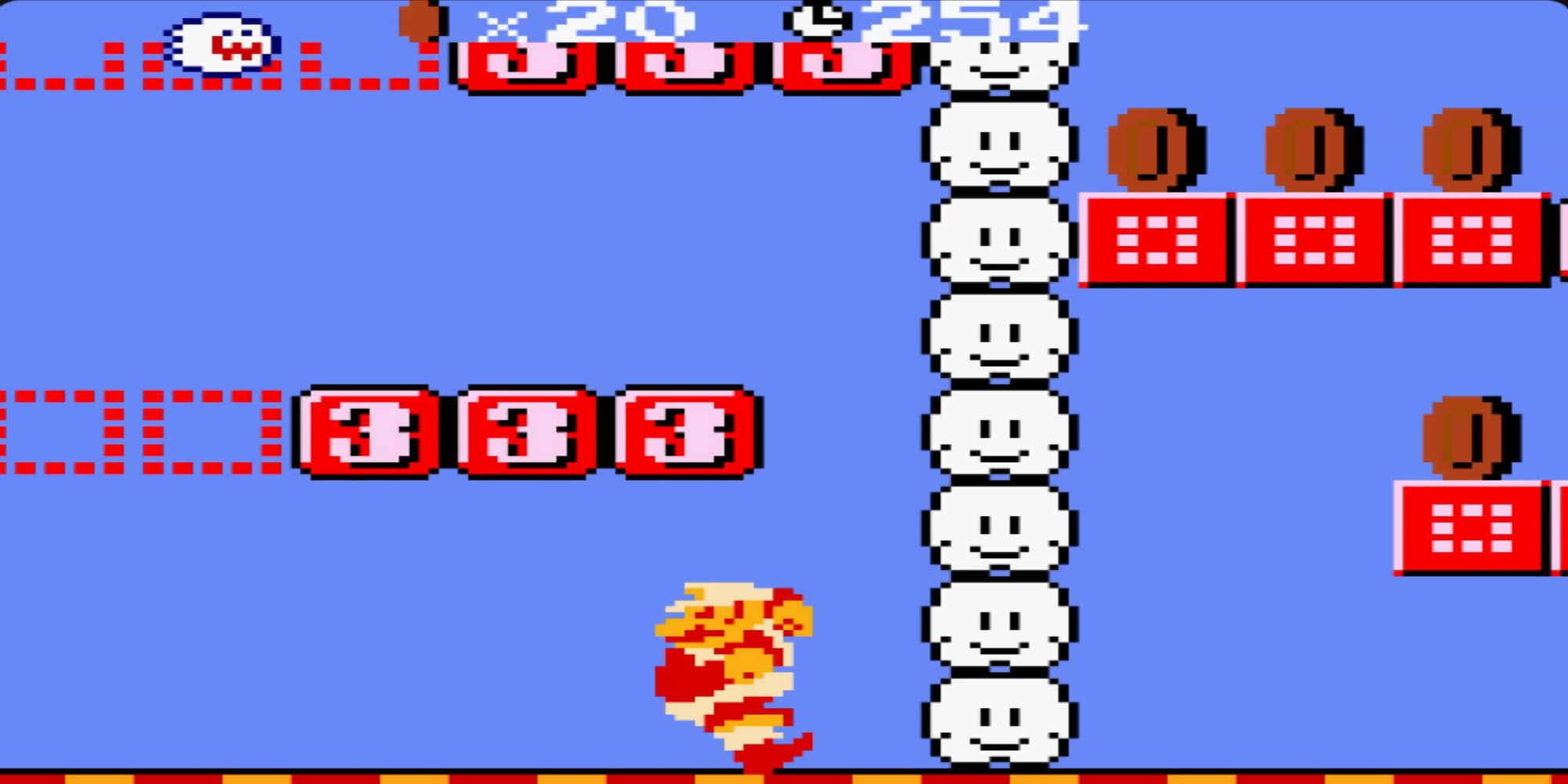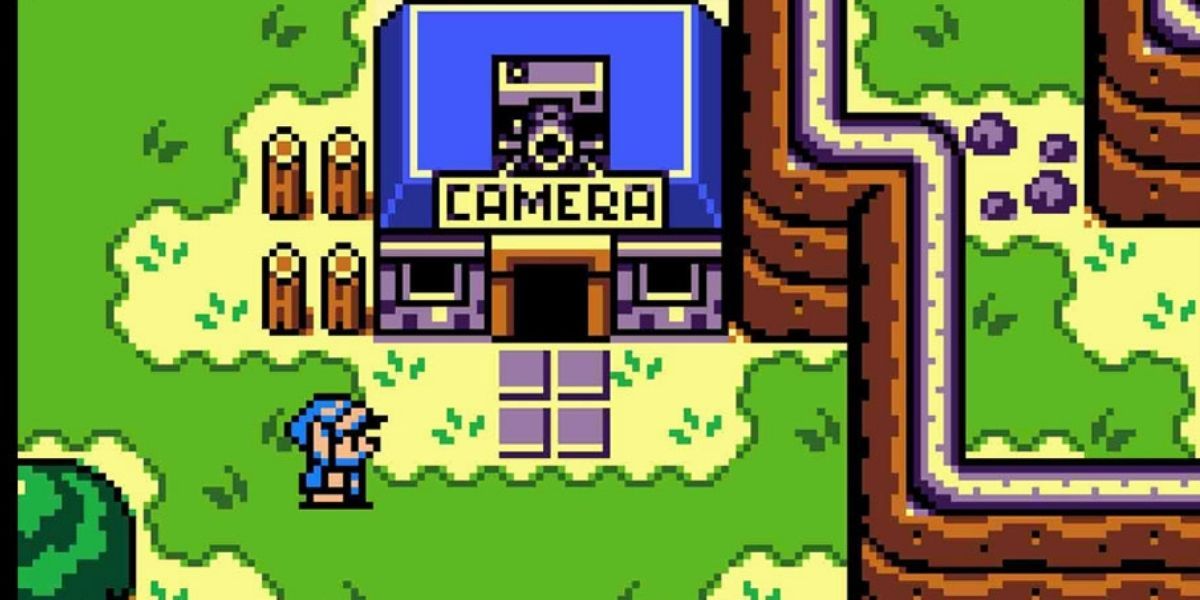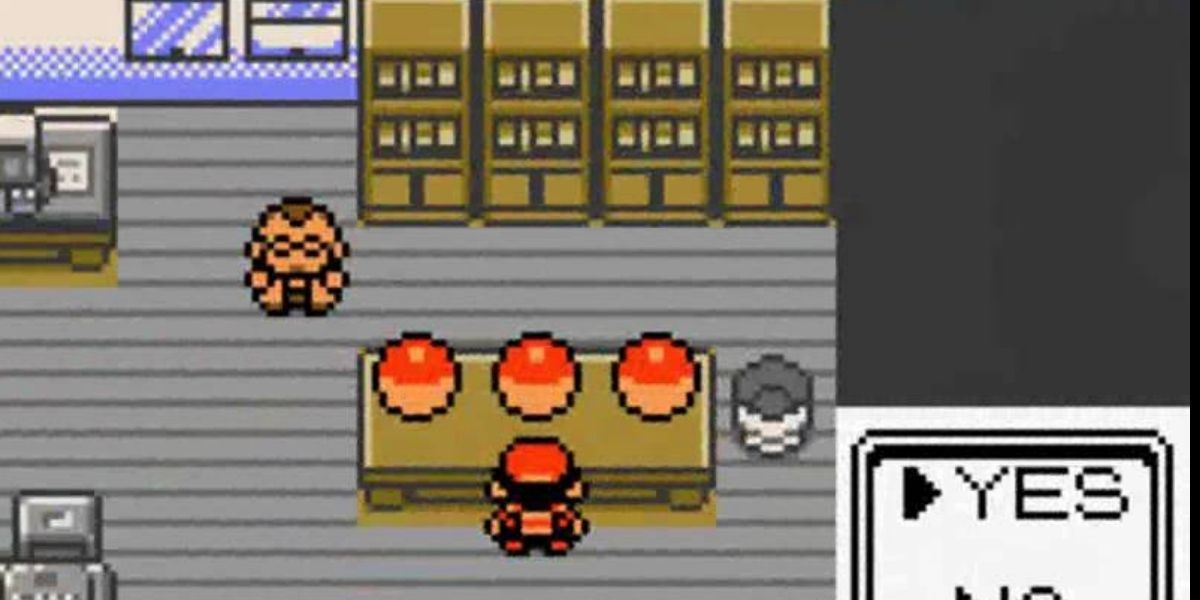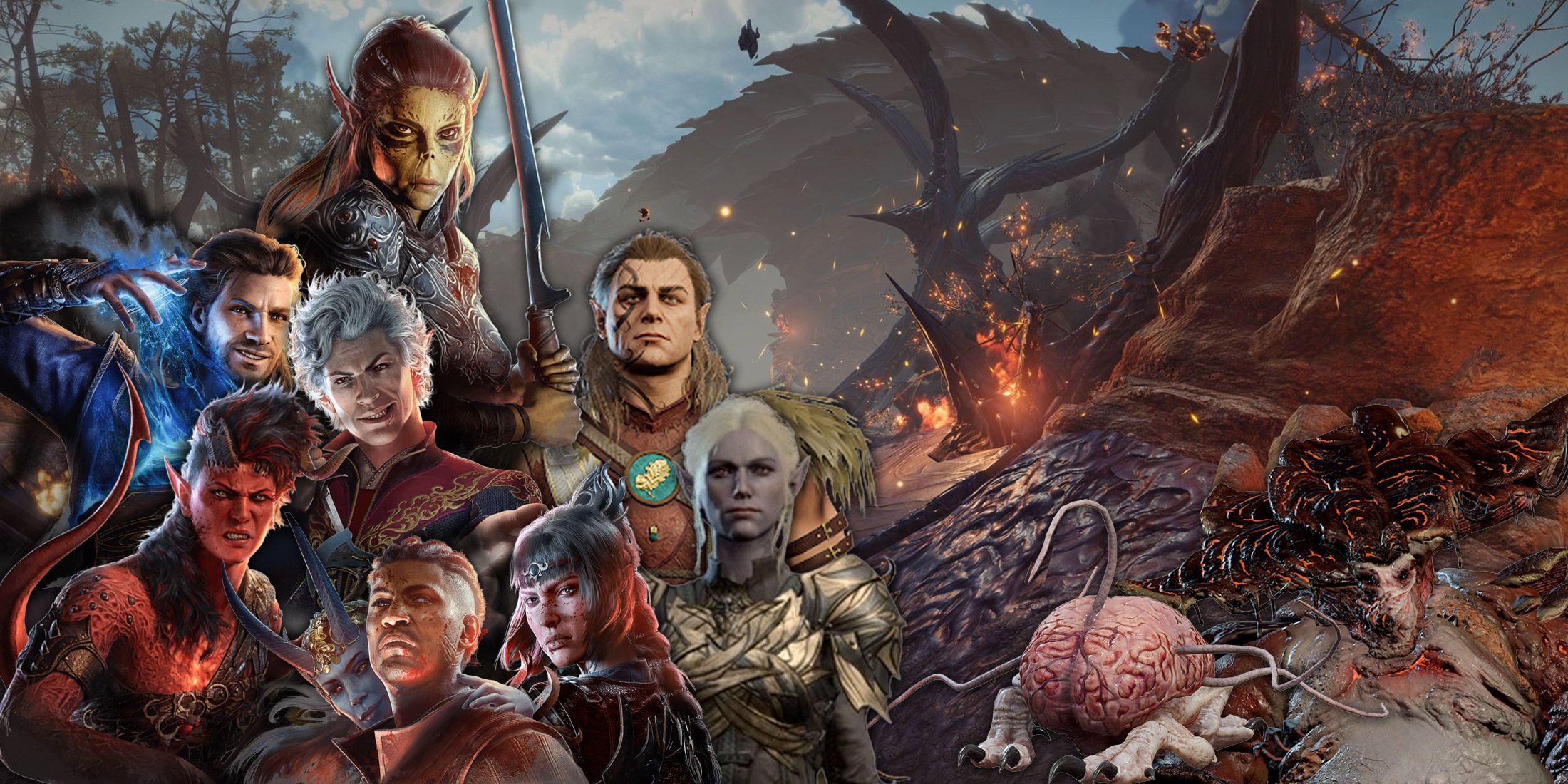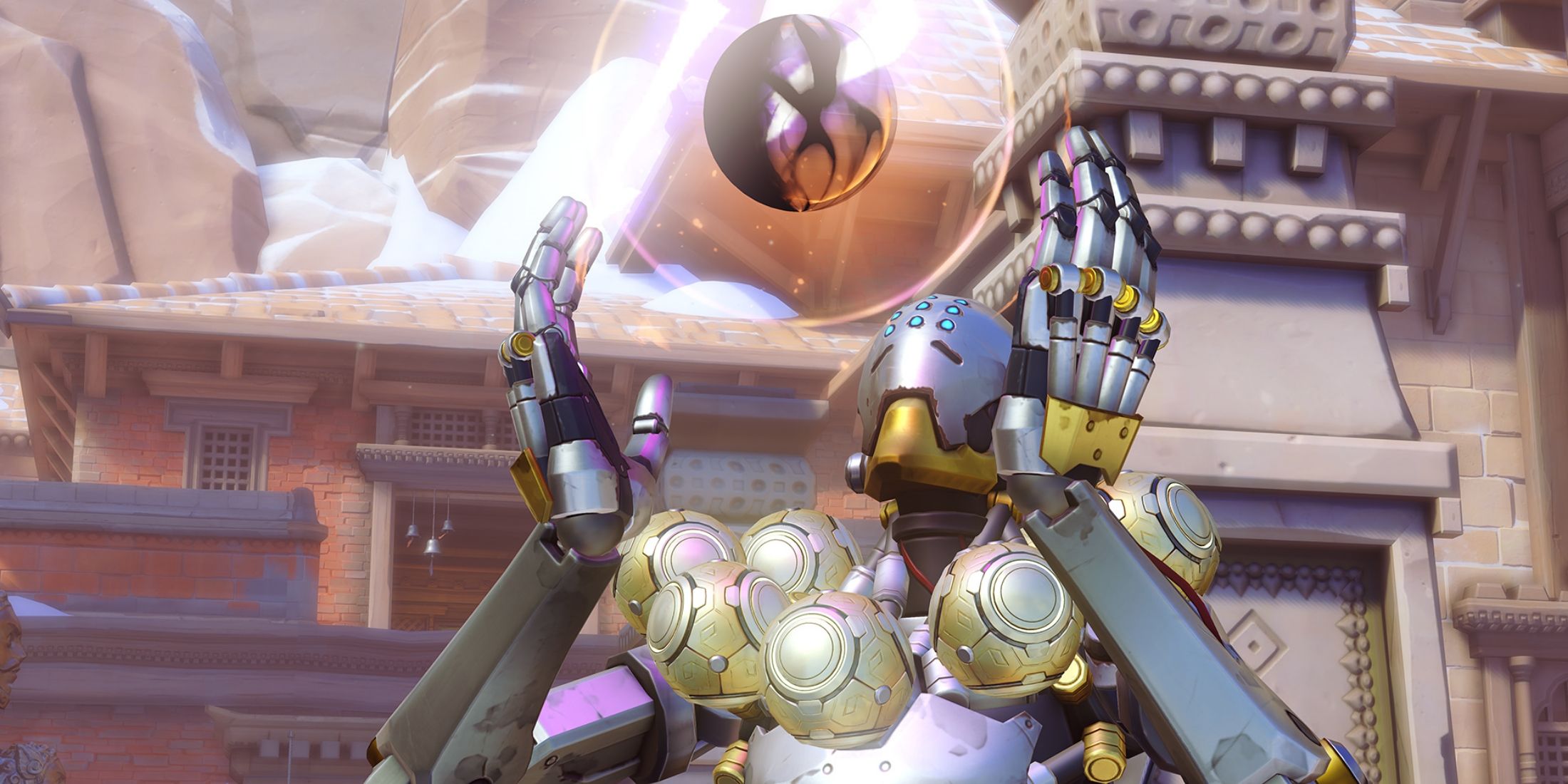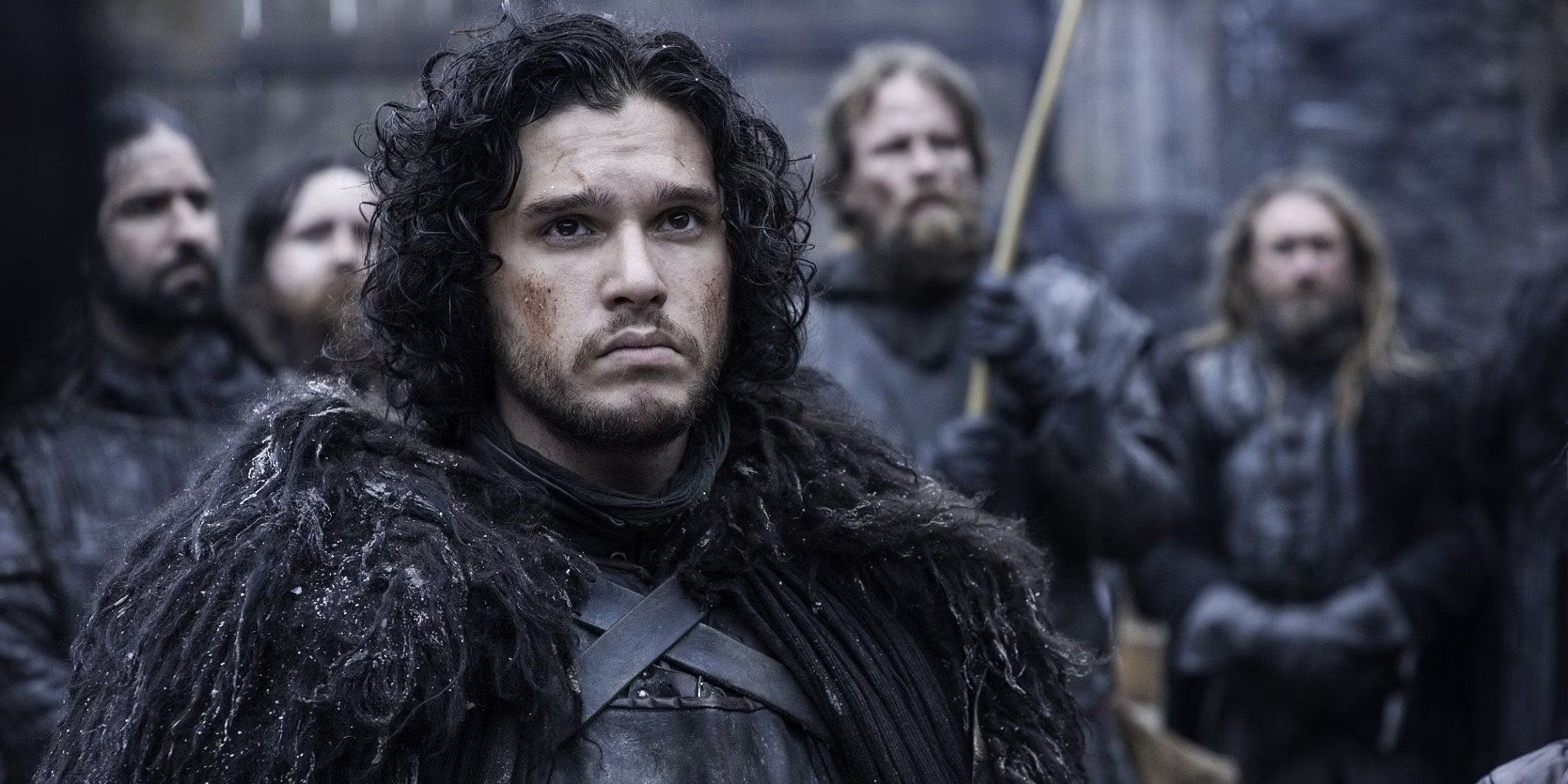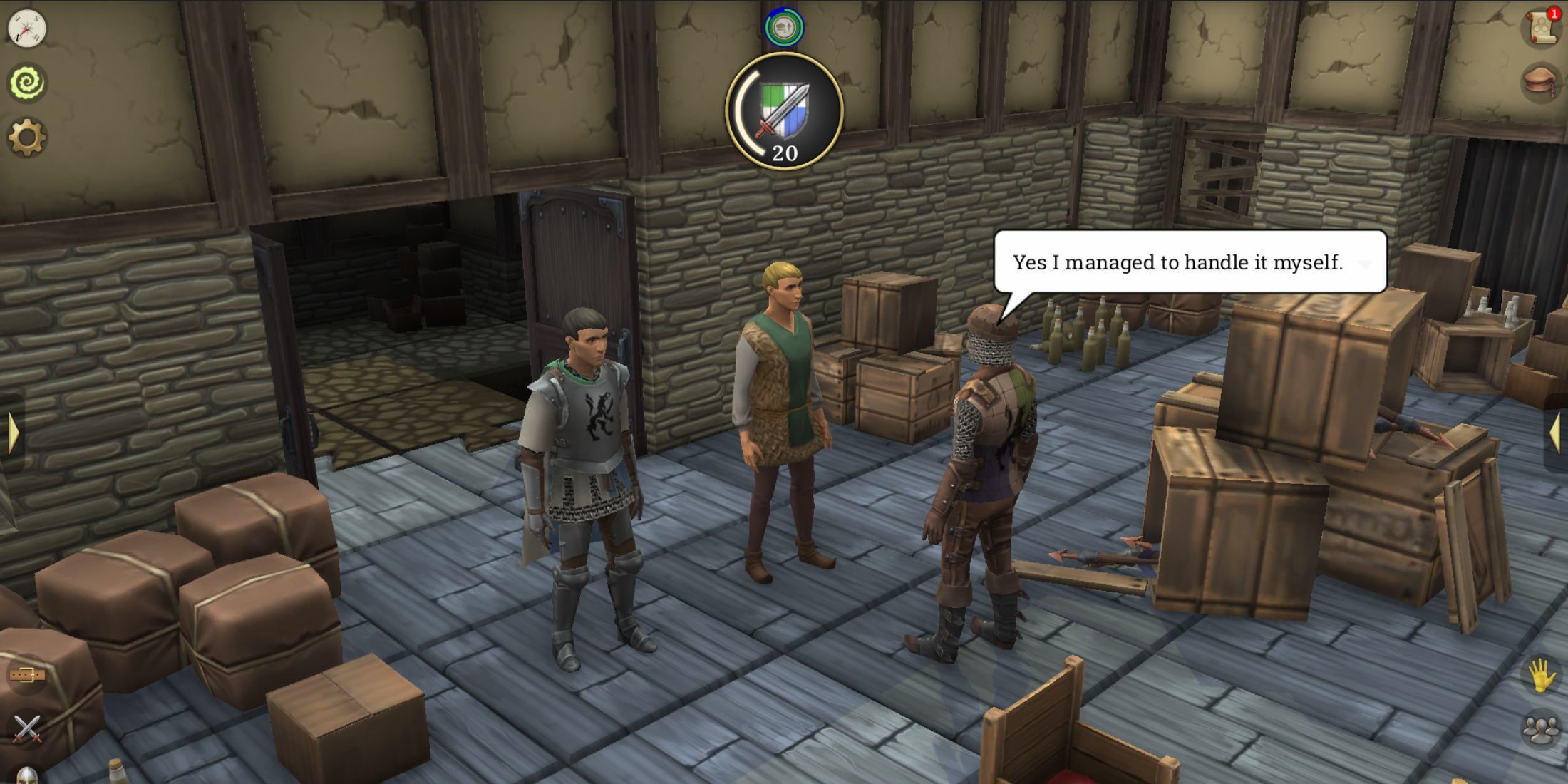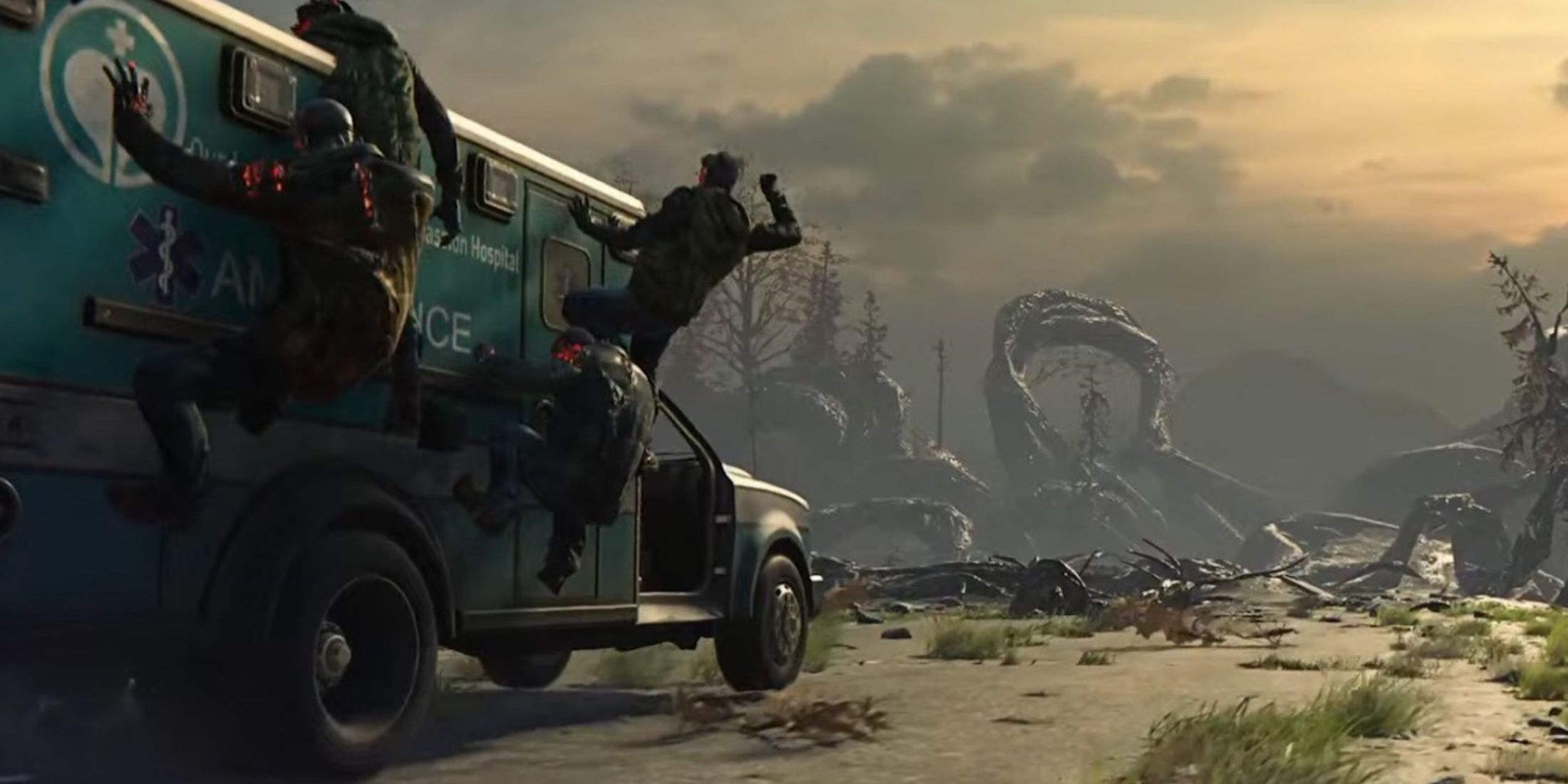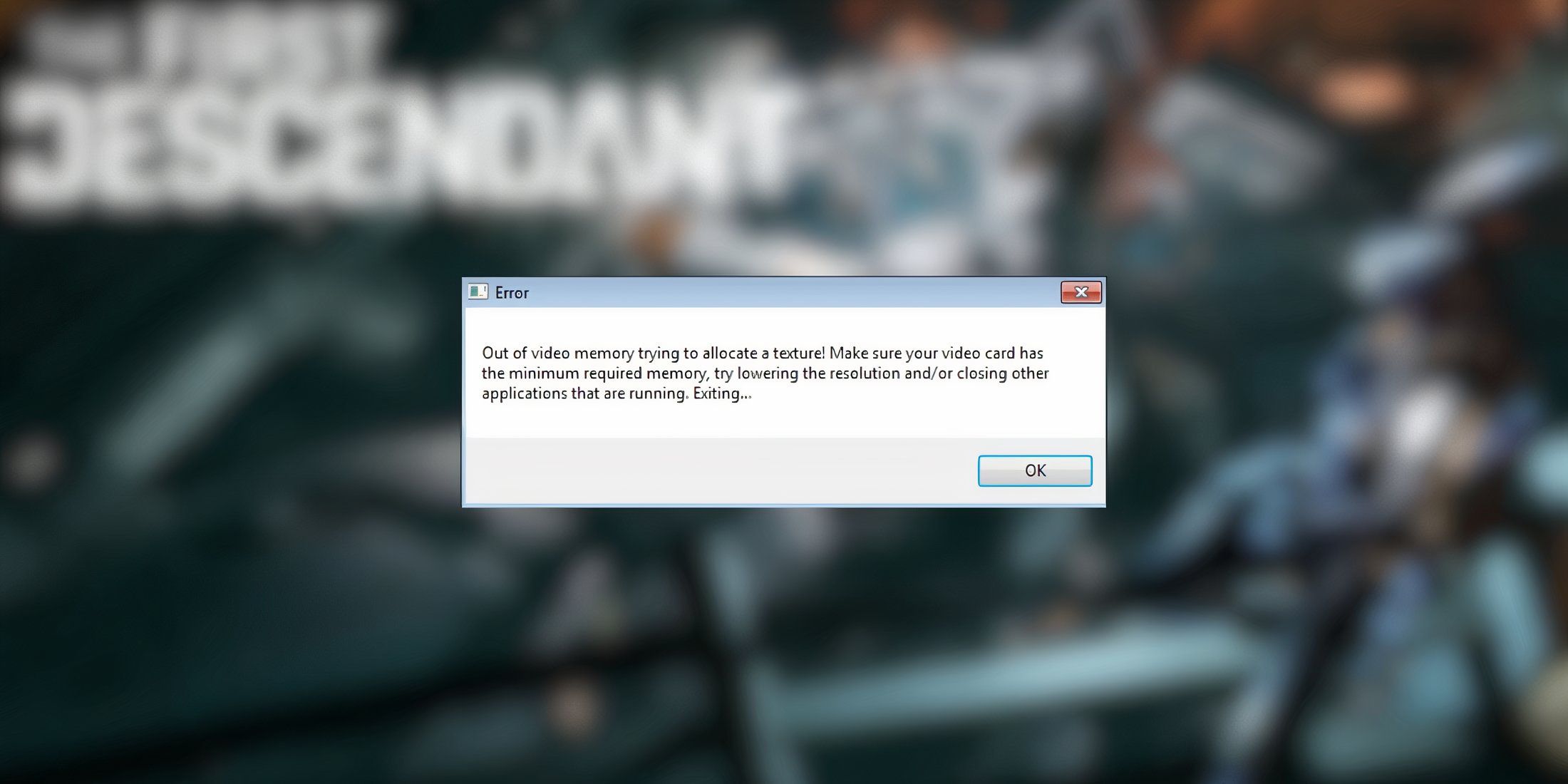Highlights
- Game Boy Color’s processor and memory upgrades allowed for bigger games with more exploration, like Shantae, Warlocked, and Pokemon Crystal.
- Nintendo’s Super Mario Bros. Deluxe packed NES classic into handheld, adding new features for challenges and multiplayer via Link Cable.
- Legend of Zelda Oracle games introduced linked dual releases, 2 different but connected titles with new puzzles and final boss option.
The Game Boy was big, chunky, and didn’t have the highest specs on the market. Yet its lack of a backlight and color graphics ironically meant it became the most successful handheld machine of the 1990s because it didn’t eat up batteries like the Atari Lynx, Sega Game Gear, or the TurboExpress. Even so, it eventually had to get with the times. If it couldn’t be backlit, it had to at least get color graphics.
Related
The 7 Rarest Game Boy Color Games (& How Much They’re Worth)
Game Boy Color games are becoming increasingly rare, with the most expensive titles for the handheld now selling for thousands of dollars.
However, the Game Boy Color was more than just the regular Game Boy with a color palette. It was sleeker than the old grey brick, and had a processor that could run twice as fast, while storing four times the memory the old GB had. This is why it had bigger, beefier games than before, of which these games were some of the highlights.
10 Kirby Tilt ‘N’ Tumble
GameFAQs Score: 3.49/5 Stars
- Developer: Nintendo R&D2
- Publisher: Nintendo
- Release: August 2000
- Genre: Action Puzzle Game
Before Yoshi Topsy-Turvy and Warioware: Twisted, there was Kirby’s Tilt ‘n’ Tumble. To help Dreamland regain its stars and foil another one of King Dedede’s schemes, Kirby has to tilt, tumble, and roll his way to each level’s goal before the time limit runs out, grabbing coins while avoiding hazards. However, instead of using the D-Pad and buttons, the player moves Kirby around by moving the GBC itself.
This is because the cartridge has built-in accelerometers to determine how fast and how far the player is tilting the device to make Kirby tumble. With a quick flick, they can make him jump up, while rotating it towards them will send him right into the sky. It’s a neat gimmick that provides Kirby fans with one of his trickier adventures, as the device tilting takes some getting used to.
9 Shantae
Metascore: 74 (Switch)
Shantae
- Released
- June 13, 2002
- Genre(s)
- Platformer
One of the ways developers were able to show off the power of the Game Boy Color was to make comparatively giant games where the players could explore every nook and cranny in real time, with no RPG-style turn-taking. Shantae is just one example, as the Half-Genie Hero made her debut here, exploring Sequin Land for the right items and magic transformation dances to stop the pirate Risky Boots from taking over her town.
It wasn’t a giant success on release, as it came out in 2002, one year after the Game Boy Advance, but anyone who stuck with their GBCs back then and picked up the game got a great Metroidvania for their efforts, and a minor fortune today. A fully-intact boxed copy of the original GBC game goes for over $2,500 online. As refined as the sequels are, they all started with the GBC.
8 Warlocked
GameFAQs Score: 3.74/5 Stars
Warlocked
- Platform(s)
- Game Boy Color
- Released
- July 24, 2000
- Developer
- Bits Studios
- Genre(s)
- Real-Time Strategy
Back in the 1990s, real-time strategy games were more suited for the PC than consoles, let alone handheld devices. It’s arguably still the case today. Yet for some developers, getting an RTS to work on other machines is less folly and more of a worthy challenge. Bits Studio must’ve thought so, as they made Warlocked for the Game Boy Color back in 2000.
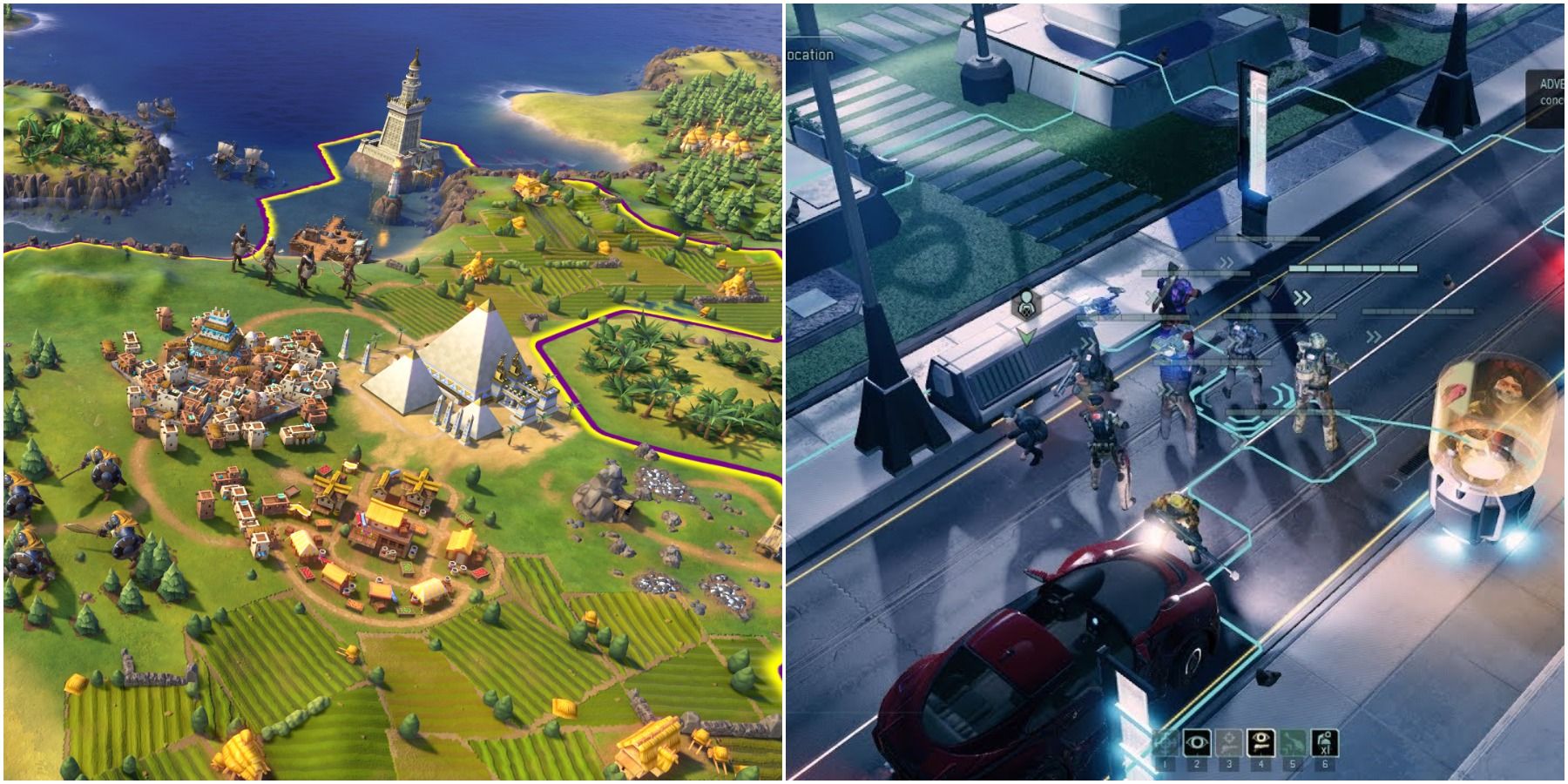
Related
10 Great Console Strategy Games
Although strategy games are primarily geared toward the PC, there are still some great titles to choose from when playing on a console.
It’s up to the player to explore the world and overcome their rival factions (human or beast), using different soldiers to penetrate the foggy battlefield and take down their opponents. Provided they have enough resources, that is. Otherwise, their attempts to complete all 24 missions (12 for each faction) will be in vain. It even supported multiplayer via the Link Cable, letting players trade troops among themselves, making for an intriguing and underrated game.
7 Pokemon: Trading Card Game
GameFAQs Score: 3.77/5 Stars
- Developer: Hudson Soft
- Publisher: Nintendo
- Release: December 1998 (JPN), April 2000 (US)
- Genre: Collectible Card Game
It’s inevitable. Talking about any Nintendo handheld means talking about a Pokemon game. It practically added a few more years to the original Game Boy’s lifespan on its own, and gave the Game Boy Color a shot in the arm too, before making the Game Boy Advance, Nintendo DS, DSi, etc, all huge successes. While it would be easy to just go straight to Pokemon Gold/Silver/Crystal, Hudson Soft deserves kudos for going meta. They made a video game out of a collectible card spin-off game based on the video games!
Like the card game, the player has to build up their decks to overcome their rivals. Only this time, they must take down eight Club Masters, then four Grand Masters to beat the game. The stronger the opponent, the better cards they can earn, including rare Legendary cards. Like their animal counterparts, players are encouraged to collect all 226 cards in the game, which can be made easier by trading with friends via the Link Cable.
6 Wario Land 3
GameFAQs Score: 3.99/5 Stars
Wario Land 3
- Platform(s)
- Game Boy Color
- Released
- May 1, 2000
- Developer(s)
- Nintendo R&D1
Nintendo R&D1 hit new ground when they created Wario. Initially designed to just be a ‘bad Mario’ for Super Mario Land 2, they switched focus for the third game by making him the protagonist. As a result, they turned a series of mini-Mario adventures into a unique series of platformers that focus on exploration, grabbing coins and keys, and transforming via power-ups and enemy attacks.
Wario Land 3 is arguably the pinnacle of the series where, in order to break free from a magical music box, Wario must travel through 25 stages split across North, South, East and West regions, and open colored treasure chests to get their treasure. Like Metroidvania games, getting new treasures can open up new parts of older levels. Though neither Samus nor the Belmonts had to eat donuts to get super fat and super durable, or play golf with enemies for bonuses.
GameFAQs Score: 4.06/5 Stars
- Developer: KCE Japan, TOSE
- Publisher: Konami
- Release: April 2000
- Genre: Stealth Action Adventure
Even without series creator Hideo Kojima in the director’s chair, nothing is ever straightforward in the Metal Gear series. Metal Gear Solid on the GBC isn’t a demake of the PS1 game. It’s an original game, known as Metal Gear: Ghost Babel in Japan, that takes place after the first Metal Gear on the MSX2 & NES, where Snake returns to the remains of Outer Heaven to stop Metal Gear Gander and the terrorists in control of it.
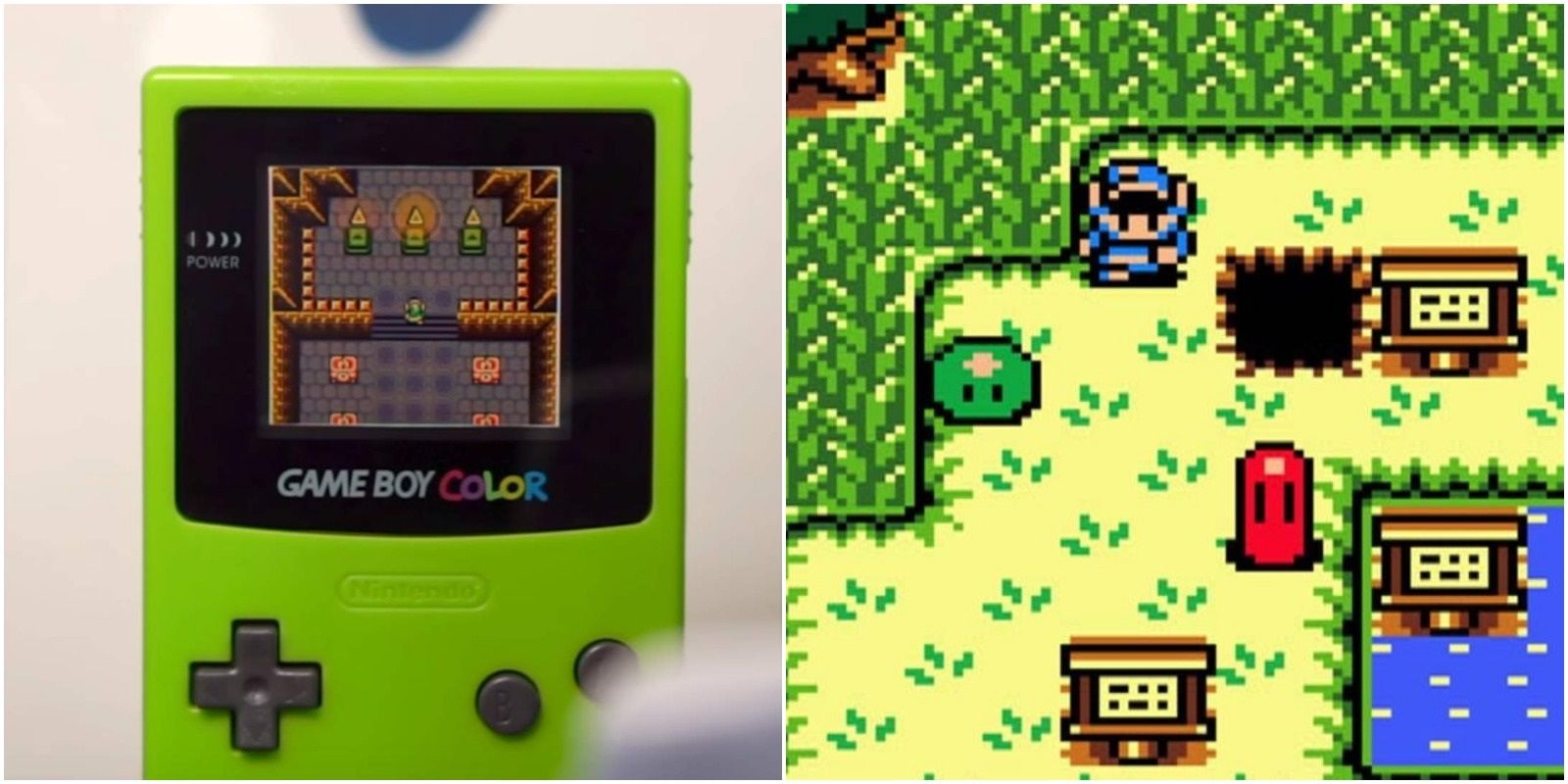
Related
10 Game Boy Color Games With The Best Graphics, Ranked
The Game Boy Color introduced gamers to some awesome portable titles. Here’s a look at some with awesome graphics.
The gameplay resembles Metal Gear 2: Solid Snake, as the titular agent still has to sneak past guards in a top-down view, with a handy radar on the top right of the screen. Unlike the MSX2 games, Snake can now crawl, shimmy against walls, and knock on them to distract guards. The game also uses a mission-based structure to make playing on the go easier, which future handheld games like Portable Ops and Peace Walker would emulate. It’s perhaps the series’ most underrated entry, and one that could do with a re-release.
4 Super Mario Bros. Deluxe
GameFAQs Score: 4.07/5 Stars
Super Mario Bros. Deluxe
- Released
- April 30, 1999
- Developer(s)
- Nintendo
- Genre(s)
- Platformer
The lower specs of the original Game Boy meant the system couldn’t get direct ports of the NES games. Nonetheless, Nintendo’s R&D1 managed to pull off some technical wizardry to produce the brief but inspired Super Mario Land, with its shooting sections and superball powerups, and Super Mario Land 2: Six Golden Coins, which managed to be a mini-Super Mario World that introduced Wario to the series.
Then the GBC came along, and Nintendo were finally able to port Super Mario Bros 1 to a handheld, albeit with screen crunch, but it also had plenty of new features. Challenge Mode lets players take on mission-based objectives, like collecting five red coins a la Yoshi’s Island/Super Mario 64, and hidden Yoshi eggs. Players can race each other to the end of the stage via the Link Cable. Perhaps most impressive of all, they could unlock all the levels from Super Mario Bros: The Lost Levels and take them as well on if they were feeling masochistic.
3 The Legend Of Zelda: Oracle Of Seasons & Oracle Of Ages
GameFAQs Score: 4.16/5 Stars
The Legend of Zelda: Oracle of Ages
- Platform(s)
- Game Boy Color , 3DS
- Released
- May 14, 2001
- Developer(s)
- Capcom , Nintendo
- Genre(s)
- Action-Adventure
If Hudson Soft, the Bomberman guys, making a Pokemon game wasn’t strange enough, Capcom managed to make two Legend of Zelda games for the GBC. Specifically, they were made by Flagship Studios, the developers who’d put together many of the Onimusha games, Kirby: Squeak Squad, and a few more Zelda titles, including the GBA port of A Link to the Past and The Minish Cap.
Before all that, they developed The Legend of Zelda: Oracles of Ages and Oracle of Seasons. They were essentially dual releases, a la Pokemon’s Red/Blue, Gold/Silver, etc., but while they were technically two different games, they could be linked together to access a new final boss after beating Twinrova in order to save Princess Zelda. OoA saw Link travel through time via the Harp of Ages to access new areas, while OoS had him use the Rod of Seasons to change the seasons to access new parts of Hyrule and solve puzzles.
2 The Legend Of Zelda: Link’s Awakening DX
GameFAQs Score: 4.16/5 Stars
The Legend of Zelda: Link’s Awakening DX
- Platform(s)
- Game Boy Color
- Released
- December 1, 1998
- Developer(s)
- Nintendo EAD
- Genre(s)
- Action-Adventure
Capcom’s Oracle games wouldn’t have turned out so well without the assets provided by The Legend of Zelda: Link’s Awakening DX. The original GB game became a good enough reason to pick up Nintendo’s little grey brick, as it managed to pack in A Link to the Past‘s top-down exploration gameplay into a tiny package, albeit with concessions, since the device only had two action buttons.

Related
Link’s Awakening: Ranking Every Dungeon Boss In The Game
Link’s Awakening has some pretty tough dungeon bosses, but they can’t all challenge you as consistently as others.
Yet Nintendo EAD saw the GBC’s specs and saw new opportunities to entertain players. They could still play the old game on the then-new machine, but the DX edition added new features, like an entirely new dungeon that used color-based puzzles to test players. There was also a new camera shop where its photographer could take pics of Link in the game, and let players print them off as stickers via the Game Boy Printer. It gave players more bang for their additional bucks, and became the definitive way to play the game until its recent Switch remake.
1 Pokemon Crystal
GameFAQs Score: 4.35/5 Stars
Pokémon Crystal
- Platform(s)
- Game Boy Color
- Released
- December 14, 2000
Pokemon: Gold & Silver are famous for being much larger adventures where, thanks to the efforts of Satoru Iwata personally, Game Freak were able to compress the game enough to fit Red & Blue‘s Kanto on top of the new location of Johto. Though, just as Red & Blue were expanded by Yellow, Gold & Silver were expanded by Pokemon Crystal.
It gave players the ability to play as a female Pokemon trainer for the first time, take on new subquests alongside the old game’s side-missions and main campaign, and the Pokemon battles were animated. So, if players wanted to test their mettle in the new Battle Tower, they’d see their Pokemon, both new and old, come to life. Nowadays, that’s nothing special, but in 2000, it was an extra bit of technical “wow factor” on top of its massive world. Especially when it still offered over 250 of the little critters to collect.
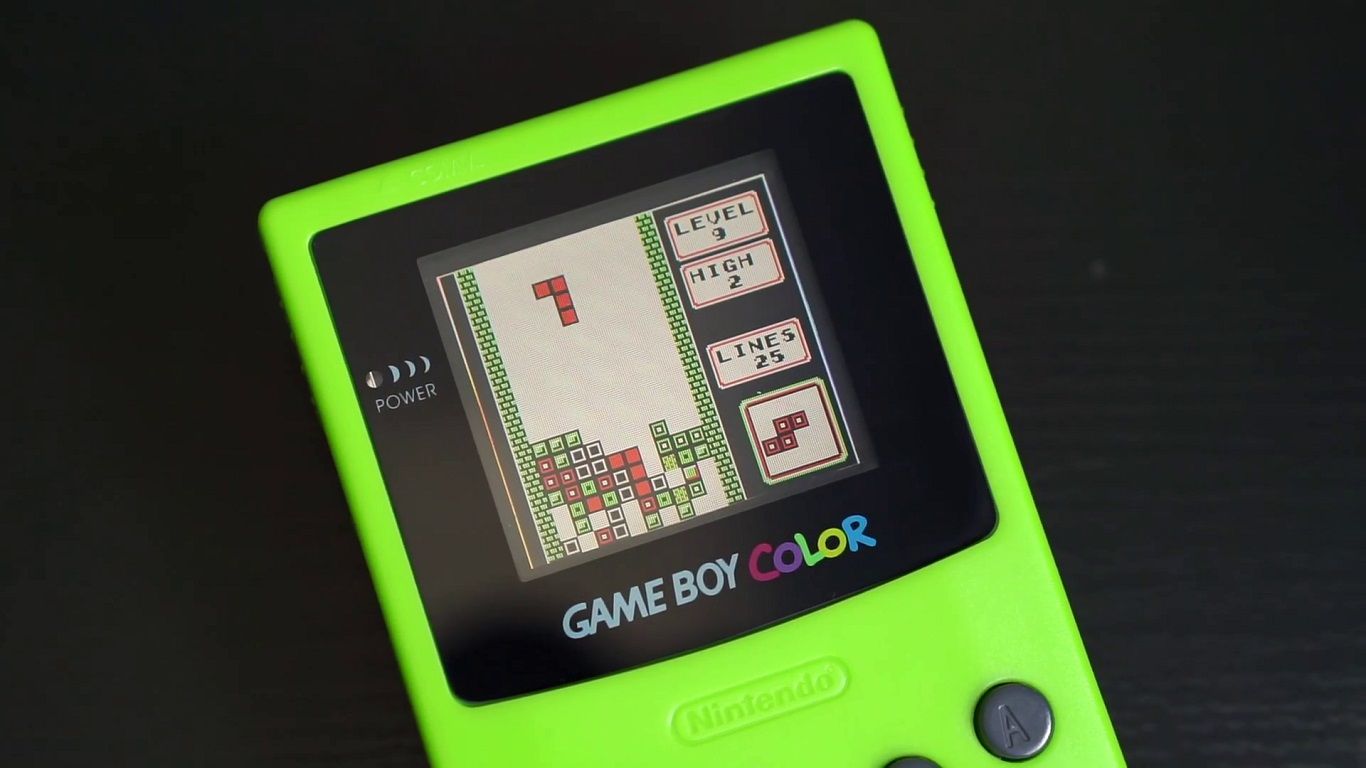
More
10 Forgotten Game Boy Franchises That Need A Comeback
These Game Boy relics can be dug up and polished off to be crafted into great games for Nintendo’s modern, juiced-up handheld
/cdn.vox-cdn.com/uploads/chorus_asset/file/25752946/1183652392.jpg)
